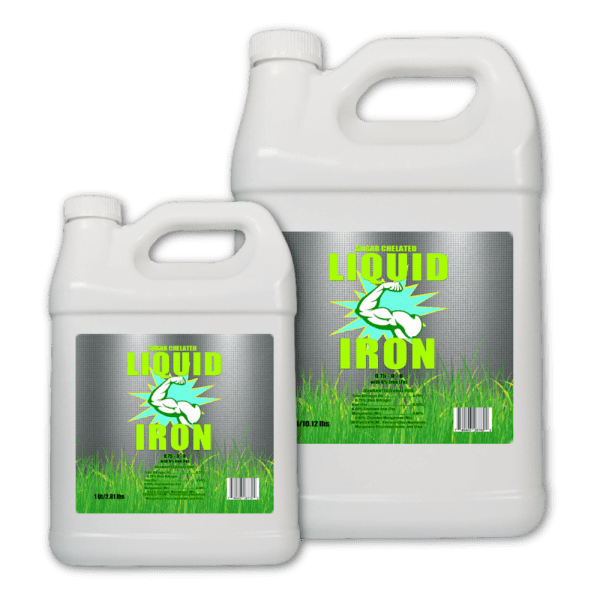Non-Toxic Homemade Weed Killer Recipes #2: How to Get Rid of MOSS
Welcome back to our blog series on homemade chemical free weed spray recipes you can safely make at home! Just like all of our DIY products, these recipes are non-toxic and safe for use around your family and pets–but please read the recipes carefully before using! Many of these recipes create an un-targeted herbicide, meaning they will most likely damage your grass and other plants if you broadcast spray.
Please note: These recipes should only be used on green, healthy lawns that are not currently under drought or heat stress.
High concentrations of iron are toxic to moss and other weeds (like dandelions!), and can kill them without the use of toxic chemicals. Be careful when you apply, however—getting too much iron on your lawn can harm the grass, too.
Homemade Moss Killer
Moss is a plant that can grow in conditions that other plants, including grasses, can’t endure. It is not a very aggressive or competitive plant, but nature seems to use it more as a filler, for thin or bare soils. So, when you ask the question “Why is there moss in my lawn?” the simple and correct answer is “because you have conditions that are making it too hard for your lawn to survive.”
Moss spores are in the air and only need moisture to germinate and mature. Once established, moss can be very drought tolerant. Some mosses can survive in full sun, though most prefer shade. Moss can grow on any type of soil because their shallow roots simply hold the moss there without drawing nutrients from the soil. They get some nutrients from water, but mostly they make their own food through photosynthesis.
You can read more about the conditions that create a moss-friendly lawn in our post, Why is There Moss in My Lawn?
How to Kill Moss: A DIY Moss Killer Spray
What you’ll need:
- Pump sprayer (we like the Chapin 1 gallon pump sprayer)
- 8 ounces of Liquid Iron concentrate
- 1 gallon of water
How to apply: Set your sprayer to a fine spray pattern and coat all visible moss with your homemade moss killing spray, being careful to avoid spraying the grass. 1 gallon of this mixture will treat about 500 sf. The moss should turn blackish-brown within 24 hours; if it doesn’t, increase mixture strength to 9 oz Liquid Iron per gallon. Grass may turn brown if over applied, but it should recover.
What to do after the moss is dead: You may still need to pull out the dead moss after it dies, simply because it will take a long time for the dead plant to decompose. But fortunately, the moss will be much easier to rake up and dispose of than it would be if it was still alive and thriving.
Remember, weeds LOVE bare soil, so it’s important to get new grass growing where the moss was, ASAP.
As always, make sure you don’t mow your lawn too short! Short grass can expose the bare soil below and leave your lawn vulnerable to new weeds and moss spores.
If you have found a non-toxic weed control method that works for you and are willing to share it with the lawn care and gardening world, please let us know!
Mighty Liquid Iron
Harness the Power of Mighty Liquid Iron for Greener Lawns
Effortlessly correct iron deficiencies and grow a greener lawn without encouraging excess growth.
- Sugar-chelated for quick uptake and quick greening of lawns
- Heals the effects of Iron Chlorosis
- Non-toxic, pet safe, and eco-friendly!
We use affiliate links in some of our posts, which means that we may receive a commission at no extra cost to you if you make a purchase through these links.



